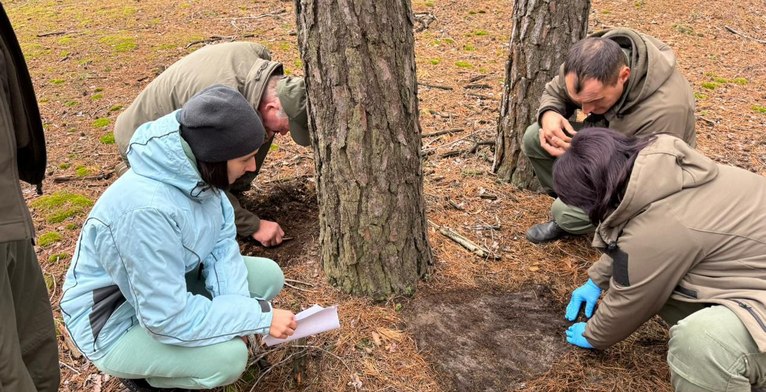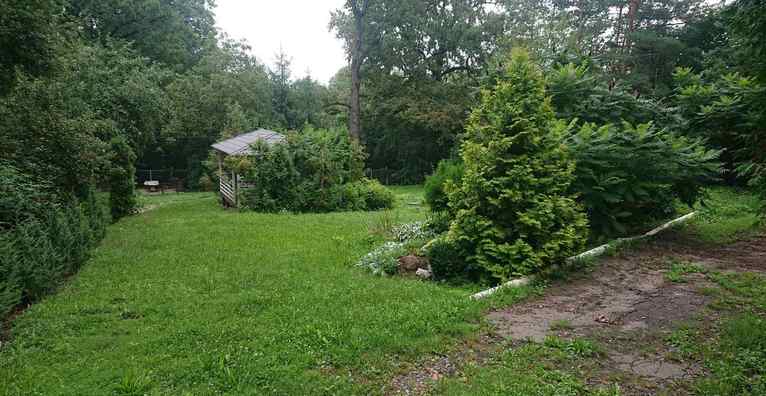Everyone is familiar with "May beetles" from childhood, which can be seen almost everywhere each spring. However, not everyone knows how much damage these beetles cause to forest plantations when feeding in tree crowns, and how harmful their larvae are during development in the soil.
The development of May beetle larvae lasts 3-4 years. During this period, the larvae feed on the roots of herbaceous, shrub, and tree vegetation, completely destroying them, which leads to plant withering. After completing their development, the larvae transform into imago - adult individuals capable of flying and reproducing. Their flight begins in late April - early May and lasts from 20 to 40 days, during which time the beetles actively feed on young tree leaves, significantly damaging them.
Employees of SSFPE "Kharkivlisozakhyst" this year, as every spring for many years, are monitoring the flight of May beetle imagoes and predicting outbreaks of mass reproduction. An effective method for determining the pest population by imagoes is light traps, but the most reliable method is digging pits before planting crops (http://uriffm.org.ua/files/chrushi_meshkova.pdf).
Fighting root pests is very difficult. In the 1970s, preparations like DDT and HCH were used, which are toxic to all living things and do not decompose in soil for decades. Therefore, currently there are no preparations approved in Ukraine and worldwide against soil pests that provide long-term protection (more than 2 months). All preparations decompose in soil within 20-60 days. This is related to sanitary and hygienic requirements of many countries, including Ukraine.






